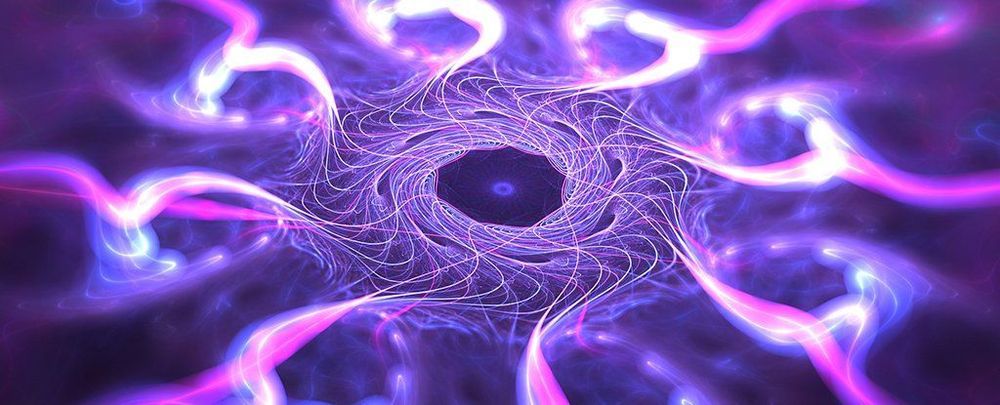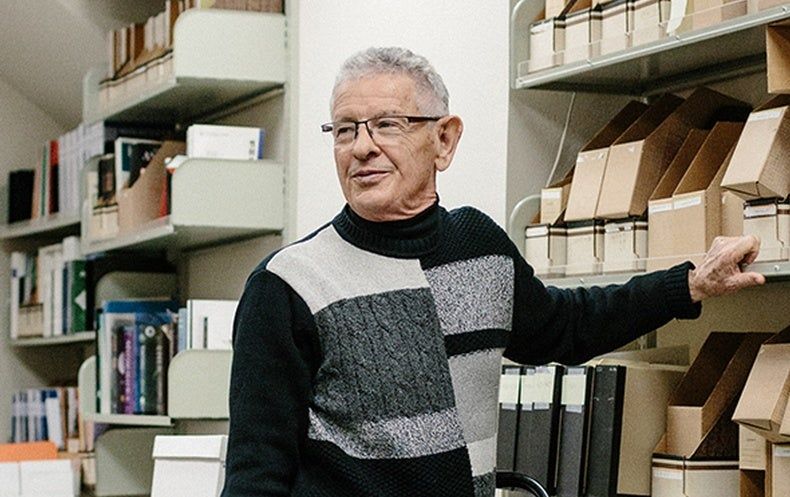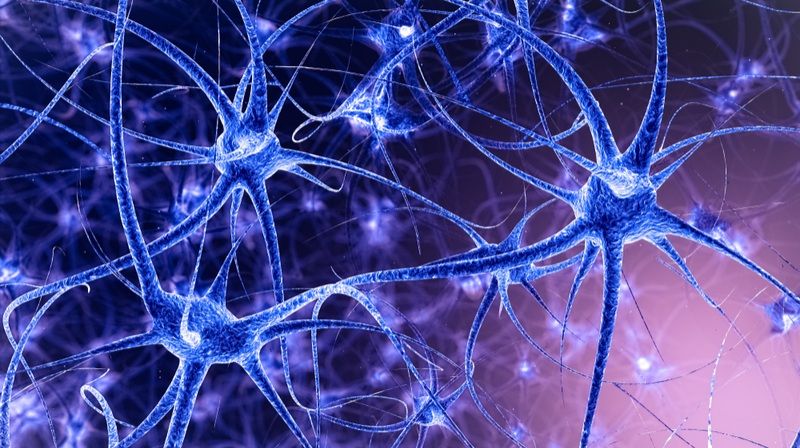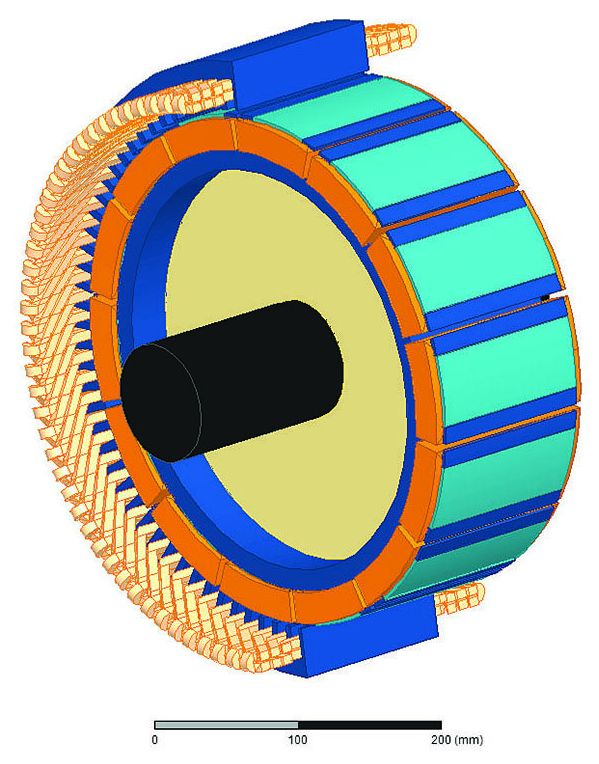Pancreatic cancer is especially challenging to treat—only eight percent of patients are still alive five years after diagnosis. Chemotherapy and radiation therapy are of limited benefit, and even immunotherapy—which revolutionized treatment for other kinds of cancer by activating the body’s immune system to attack cancer cells—has been largely ineffective because pancreatic tumors have ways to dampen the immune assault.
Now, researchers at Washington University School of Medicine in St. Louis and Rush University in Chicago have found a chemical compound that promotes a vigorous immune assault against the deadly cancer. Alone, the compound reduces pancreatic tumor growth and metastases in mice. But when combined with immunotherapy, the compound significantly shrank tumors and dramatically improved survival in the animals.
The findings, published July 3 in Science Translational Medicine, suggest that the immune-boosting compound could potentially make resistant pancreatic cancers susceptible to immunotherapy and improve treatment options for people with the devastating disease.






